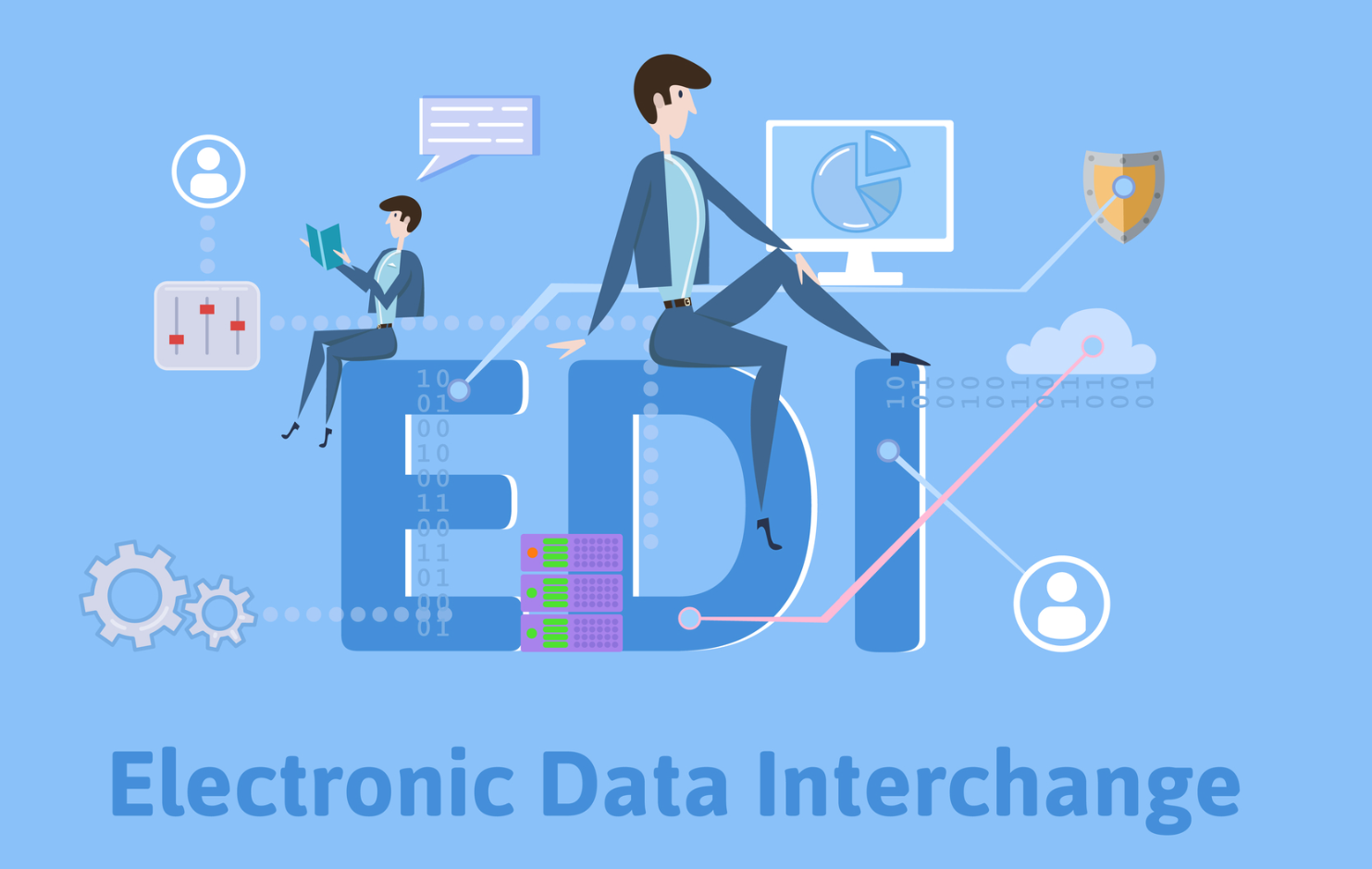EDI Made Easy: Essential Tips For Efficient Electronic Data Interchange (2025)
Electronic Data Interchange (EDI) enables the electronic exchange of business documents and data. It is between trading partners. This method enhances transaction efficiency, accuracy, and speed. But, maintaining and supporting EDI requires diligent attention to ensure data synchronization and compliance.
This article will explore effective practices for synchronizing EDI data with trading partners. It also offers guidance on overcoming chief obstacles and challenges. You can even opt for professional EDI services if you are a complete beginner in this practice.
Essential Tips For Efficient EDI Usage
Here are some ways to use the EDI format to reach your targets.
1. Selection Of The Right EDI Format

A crucial step to meeting EDI data synchronization involves selecting the EDI format. It should be tailored to your business requirements and trading partners’ preferences. Many EDI standards and forms exist, including ANSI X12, EDIFACT, XML, and JSON.
Each format has unique merits and drawbacks, encompassing complexity, readability, compatibility, and cost. Engaging in consultations with your trading partners is vital. You should agree upon a standardized EDI format. It must accommodate both parties and aligns with industry regulations.
2. Data Validation
Implementing data validation is another critical aspect of EDI data synchronization. It would be best if you also focused on error-handling mechanisms. Data validation guarantees that EDI documents and data conform to agreed specifications. It ensures completeness, accuracy, and consistency. This validation can occur at various levels, including syntax, semantics, and business logic.
Error handling involves detecting, reporting, and resolving errors. It also includes exceptions that arise during EDI transmission or processing. It encompasses actions like sending acknowledgments and alerts. It also helps in alerting notifications and performing corrective measures. The measures involve retransmitting, rejecting, or modifying the EDI data.
3. Data Backup

It is crucial to establish robust data backup and recovery plans. These help to enhance EDI data synchronization. These plans play a pivotal role in safeguarding EDI data. It protects against loss, corruption, or unauthorized access. Meanwhile, it ensures uninterrupted business operations in the face of disruptions or disasters.
An effective data backup and recovery strategy encompass regular backups. It includes EDI data and documents and secure storage and encryption of backup files. Periodic testing of backup and recovery plans and timely updates are vital. It helps to maintain their effectiveness.
4. Monitoring Data
Incorporating monitoring and auditing as a fourth best practice for EDI data synchronization is crucial. By monitoring and auditing your EDI data, you can effectively track the status, performance, and quality of your EDI transactions and processes. It lets you identify potential issues or anomalies impacting data synchronization or compliance.
Employing tools and methods, such as dashboards, reports, logs, alerts, or analytics, facilitates efficient monitoring and auditing of your EDI data. Additionally, it is essential to periodically review and update your monitoring and auditing criteria and metrics while ensuring effective communication with your trading partners.
Conclusion

Electronic Data Interchange (EDI) is a standardized method enabling businesses to exchange data electronically, minimizing manual data entry and processing. Implementing EDI provides numerous benefits, including enhanced efficiency, cost savings, accuracy, speed, improved trading partner relationships, and standardization.
However, the implementation of EDI can pose challenges such as technical complexity, integration with existing systems, standardization, partner readiness, security, and cost considerations. To successfully embrace EDI and harness its advantages, businesses should thoroughly assess these challenges and devise a comprehensive implementation strategy.



